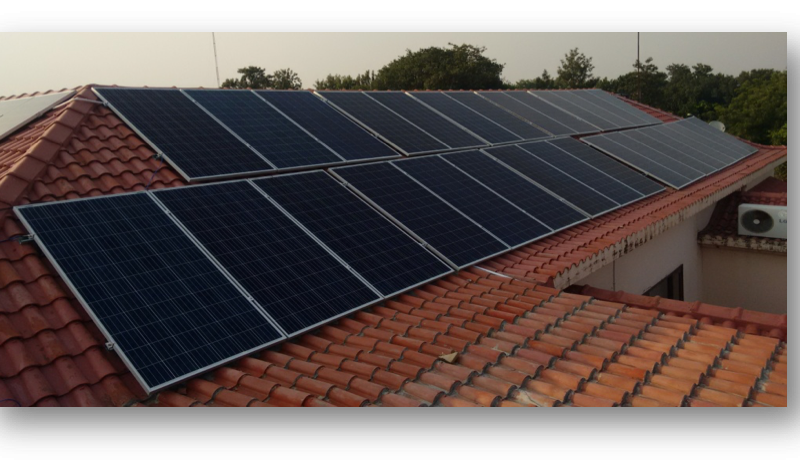There are many factors driving the adoption of rooftop solar in India. These include cost savings, energy access, “green” benefits, and government mandates.
Cost savings are the key driver of rooftop solar in India:
In many Indian states and market segments, the levelized cost of electricity (LCOE) of rooftop solar is already lower than the existing average grid rates of tariffs paid.
Rooftop solar is approximately 17% and 27% cheaper than the average industrial and commercial tariff respectively (Figure 4), without considering net-metering policies.
Rooftop solar is also already achieving grid parity in the residential sector in states such as Uttar Pradesh, Maharashtra, and Rajasthan (CPI 2016).
In the governmental sector, rooftop solar has become competitive in Delhi, Uttar Pradesh, Karnataka, Haryana and Andhra Pradesh.
In other states, the gap between rooftop solar and conventional sources of electricity is fast decreasing.
The second key driver for rooftop solar is energy access. Access to affordable power is a major issue for Indian households in both urban and rural areas. Though the power deficit is falling rapidly across the nation, access remains an issue with 304 million people in the country still lacking access to electricity (NITI Aayog 2017). The lack of access and unreliable supply often leads to reliance on alternatives like diesel generators, which are subject to high price volatility, in addition to numerous harmful health and climate effects. Renewable energy and in particular rooftop solar can greatly contribute to improve this situation. Additionally, rooftop solar offers a more price-stable and less harmful alternative to conventional electricity.
Go solar and reduce electricity bill at home:
- Click here to contact us online
- Call us at +91-920-569-5690
- Simply fill the form below


Good.